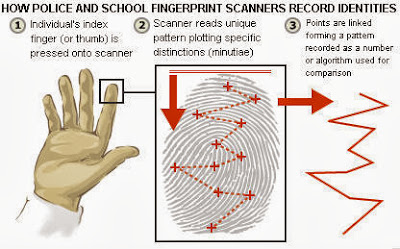ARE YOU READY FOR THE TRUTH?
Using all available evidence, we have come up with a plausible scenario which may have led to the tragic event. The death of a female child ,Anya Suriati in a park suggests that this could be a case of sexual assault.
As paedophiles have the tendency to content their infatuation for pre-pubescent children, it is not surprising that the criminal may have chosen a setting where the presence of children is common in a park, in this case.
The paedophile might be lurking behind every corner of the park, in search of his next victim. Coincidentally, poor little Anya was at the wrong place at the wrong time, there he found Anya Suriati, playing in the park, without any supervision. Here comes his chance. He walked towards Anya Suriati, reached out into his pocket, with a slight grin on his face.
"Hey little girl, want a lollipop?"
Poor innocent Anya hesitated for a second before she reaches out to grab the lollipop.
"What's your favourite colour?" asked the man.
"Pink." Anya whispered.
"Well, I have more, follow me"
Anya followed him to a quiet area nearby. The man grabbed hold of Anya, he began to show his true colours, unleashing his inner devil. Poor helpless Anya struggled to get away from his strong grasps, she screamed at the top of her lungs. The man thought that he could get away with his monstrous act, but Anya's scream caught the attention of two men who were jogging nearby the area.
" Dad, did you hear that? " asked Adi Hartono.
"Yeah, let's check it out, sounds like someone's in trouble." Herman Hartono replied.
The Hartono father and son have coincidentally observed this crime and have attempted to rescue Anya. As the paedophile tried to eradicate any living witnesses, he used a blunt weapon and blew several punches on the jaw in the midst of the fight. This corresponds to the blunt force injury and a broken jaw found.
For the remains of three victims to be left unnoticed in a public area connotes that they were probably buried. In addition, burying bodies in soil agrees to our previous assumption of a quickened decomposition process (4 months for Anya instead of the average 1 year). The criminal may have used a shovel to bury the bodies, which tells us that the criminal has planned for this. This case is unlikely an accident, it is a murder, a gruesome , horrifying murder.
Three dead Bodies were found, The Hartono father and son, and Anya Suriati. As for the murderer, he's still on the loose, wandering around on the streets, in search of his next victim.
Who's next?










